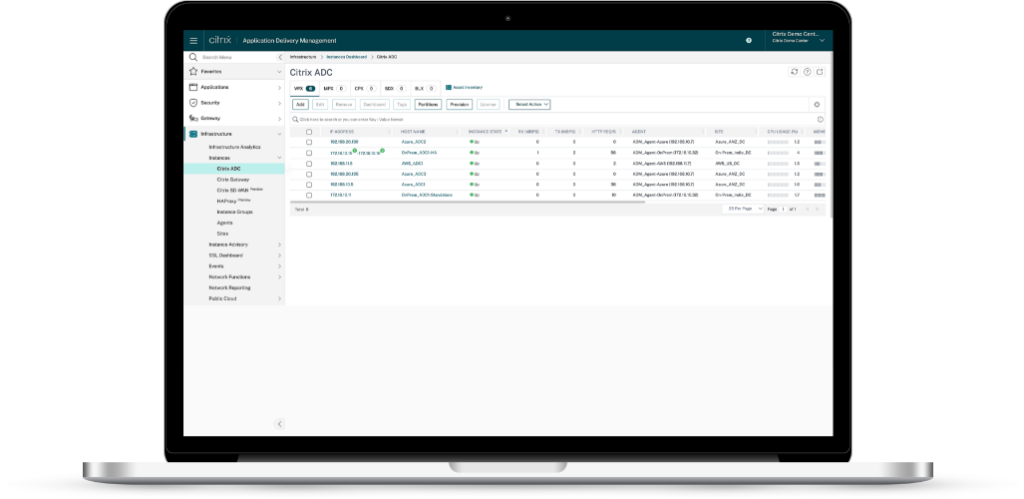Networking and load balancing
Load balancing is the primary network solution used to distribute traffic across a server farm. Load balancing systems improve application availability and responsiveness and prevent server overload. Each load balancing system sits between client devices and back-end servers, receiving and then distributing incoming requests to any available server that is able to fulfill them.
In the area of traffic balancing technology, we specialize in Citrix Networking solutions: load balancers from the Netscaler family.
Load balancer may be a physical device, a virtualized instance running on specialized hardware, or a software process. Incorporated into purpose-built network devices (application delivery controller ADCs), their function is to improve the performance and security of three-tier web and microservices-based applications, regardless of where they are hosted.
Load balancing systems detect the health of back-end resources and do not send traffic to those servers that are unable to fulfill requests. Whether it is hardware or software, a load balancing system directs traffic to the various web servers in the resource pool to ensure that no single server is overloaded. It effectively minimizes server response time and maximizes throughput.
The role of a load balancer is sometimes compared to that of a traffic cop, as it aims to systematically route requests to the right places at all times, thus preventing costly bottlenecks and unforeseen incidents. Load balancing systems should ultimately provide the performance and security necessary to maintain complex IT environments, and the complex workflows within them.
Load balancing is the most scalable methodology for handling multiple requests from modern workflows that span multiple applications and devices. When combined with platforms that enable seamless access to numerous applications and desktops in today’s digital workspaces, load balancing provides a more consistent and reliable end-user environment for employees.
